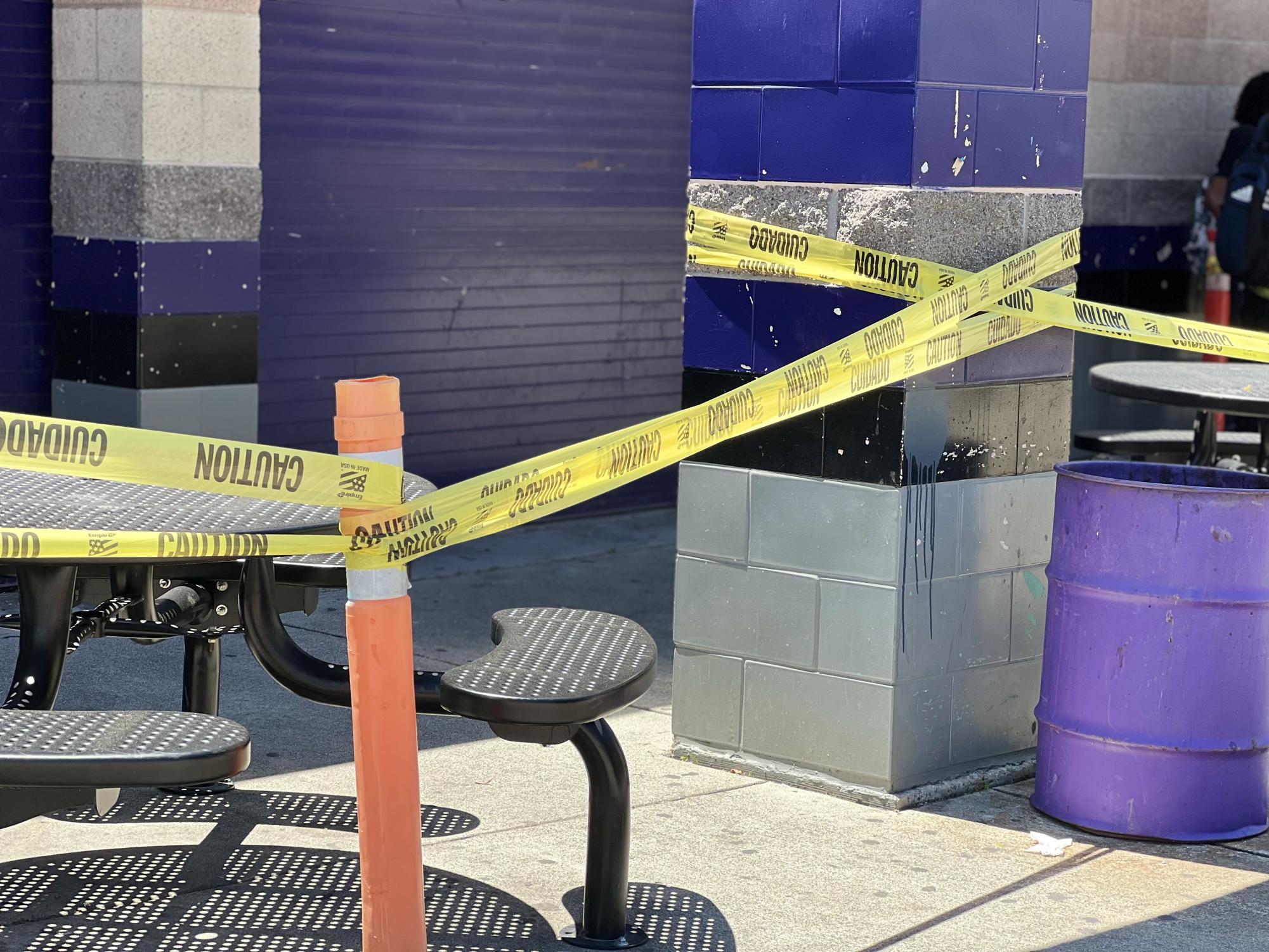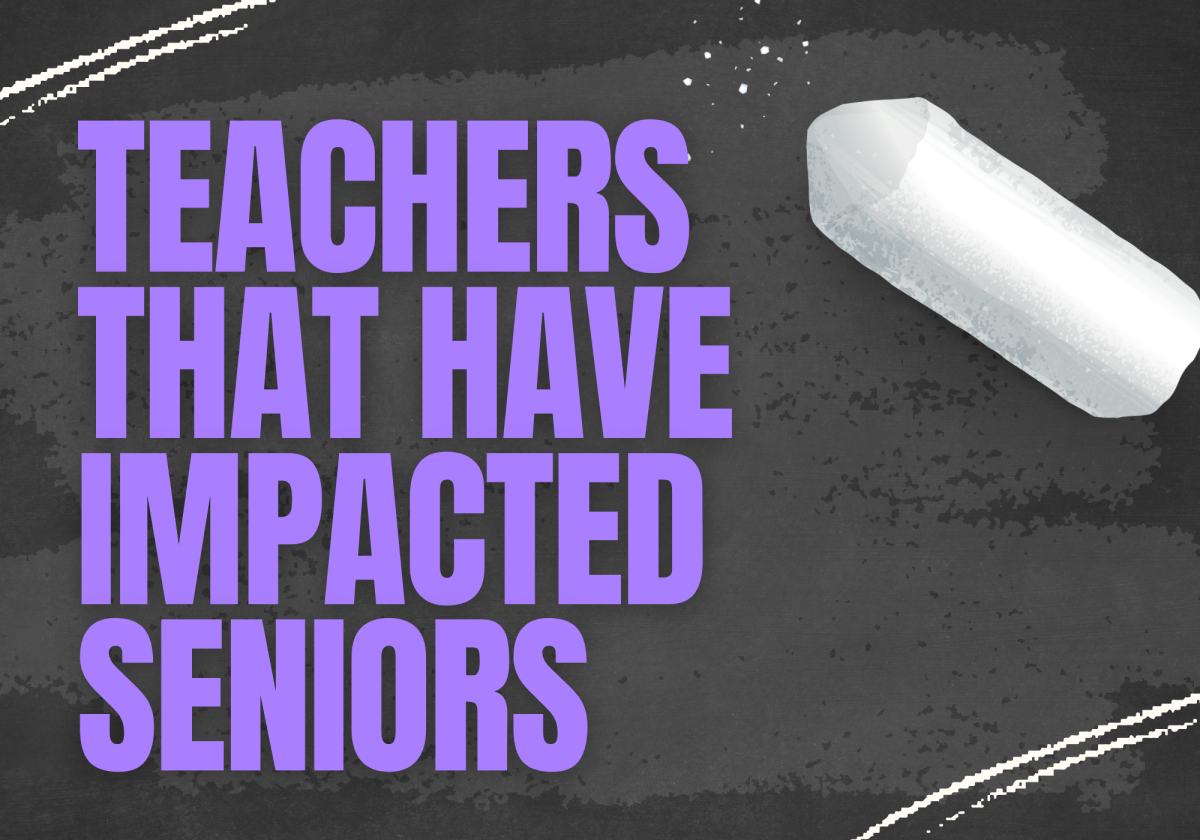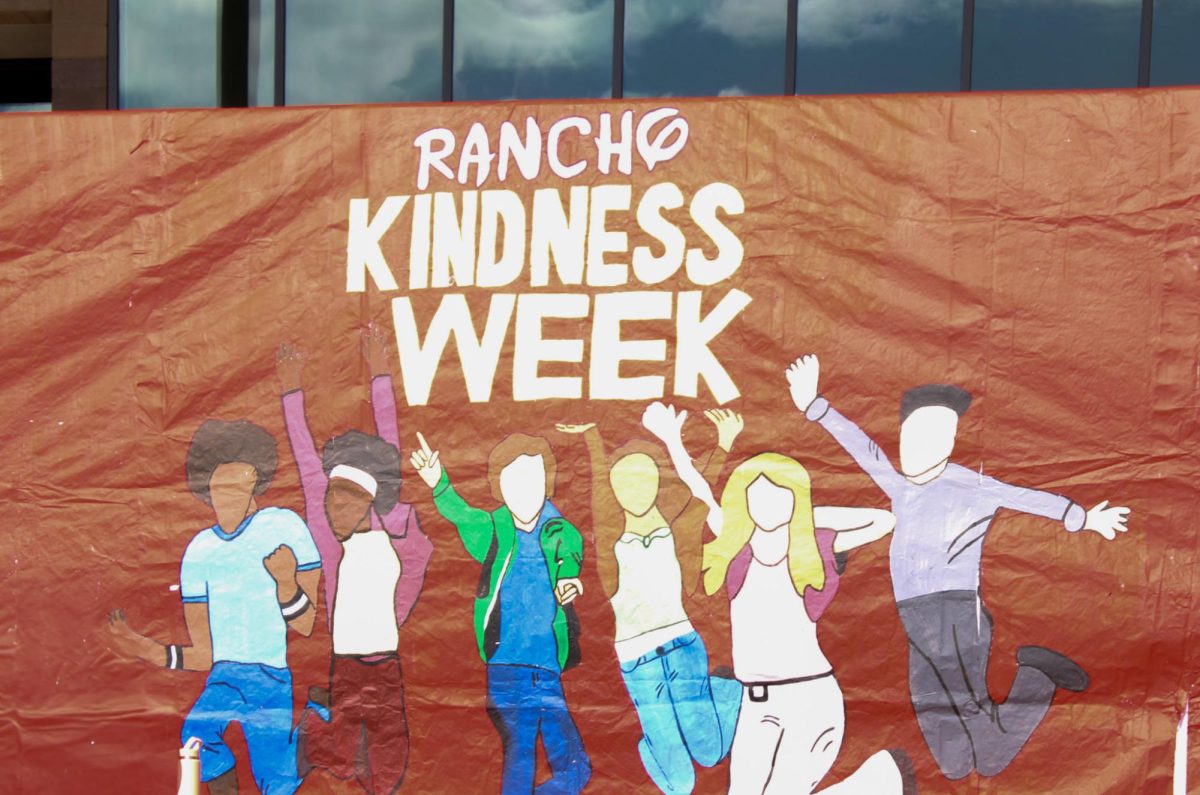According to World Population Review, the United States’ crime rate is 49.2 crimes per 100,000 citizens. As a race, humans have put rules into place since the dawn of time to prevent these types of behaviors and deal justice to those who have been victimized.
Although their punishments for the same crime may be different, such as the United Kingdom no longer allows capital punishment, and how the United States had the death penalty as an option for minors until 2005, when the Supreme Court ruled in Roper v. Simmons that people under 18 when the crime was committed are exempt from the death penalty. The death penalty has the least favorable view in 40 years, but that doesn’t mean cruel acts are going unpunished.
In all forms of media, there are stories of how students have harmed their community and themselves- from car crashes to arson. However, are students more prone to studying for a final exam than going out and committing a premeditated crime?
According to the Public Policy Institute of California, in California alone, the violent crime rate is up by 13.5% compared to pre-COVID rates from 2019, which were 436 violent crimes per 100,000 residents.
This is disastrous, but how much of it is actually minors?
When asked about any student crimes Rancho Cucamonga High School has seen, an on-campus officer who wished to remain anonymous stated that RCHS was not a major place for criminal activity, and most crimes that required disciplinary action were misdemeanors.
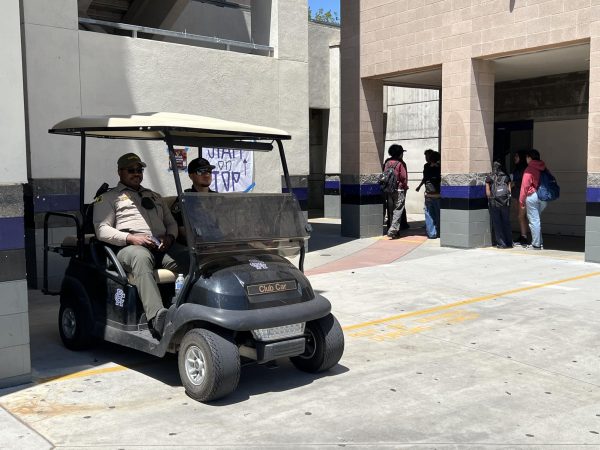
“Mainly vandalism…[which] is just people tagging and scratching up mirrors, so we see a bunch of that throughout the school year, kids just wanting to express themselves through graffiti or just vandalism in general,” said the RCHS officer. “Nothing really serious…just truancy, constantly outside of class…that’s what [the officers] mainly see here.”
While there is crime in schools and most residents in the US would like to see it go down, many students agree that student crime is something that the student body needs to collectively deal with. In a recent survey conducted at RCHS, 83 students shared their thoughts on student crime. Of the 83 students, 38.6% said they agree with the statement that they feel safe in school.
Some students say that mental health awareness could help, while others think that teachers could read the room or the atmosphere at school better. In the same survey, 19 out of 83 students felt that mental health and rehabilitation was the way to go. Yet, most students agree that fighting and petty crimes committed on school campuses cannot be helped unless the student body decides to stop.
RCHS Administration agrees that punishment is not the big thing to focus on- it’s bouncing back from the crime, though actions still have consequences.
“…A big part of my job is working with our campus officers… I work to kind of take charge on tackling those issues, whether it be vaping, fighting, students bringing weapons or sexual harassment, a lot of different things- because we have over 3000 teenagers at this school, [and] teaching them those sort of lessons before they go out into the real world and have to face adult consequences,” Ms. Alyssa Castro, the Assistant Principal of Discipline and Campus Safety, said.
A crucial factor to remember when looking into student crime is mental health. Many students said they feel that it is important in today’s age; mental disorders are no longer stigmatized and criticized, so students may seek help or express their emotions through violence if bottled too tight.
When asked about ways to solve common problems like vaping or physical altercations, Castro said substance abuse on campus is an automatic suspension.
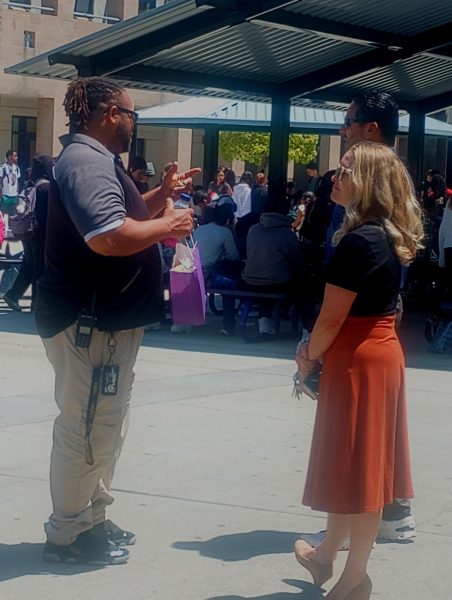
“When [an Ed code violation] happens, just like the substance user classes, we have anger management, peer counseling, conflict remediation- sometimes even I will hold a conflict remediation myself, just to make sure students are squashing the issue as opposed to taking it to social media and letting it go another day, escalating to a fight,” said Castro. “If a student has alcohol or marijuana on campus, that is an automatic suspension, but then the suspension doesn’t solve the problem necessarily. So one thing we do, Mr. Martian and I, we put together programs for students who are dealing with substance use issues or even peer pressure… [and] we work with the wellness center downstairs, you know, reach out through counseling.”
Even though there’s a lot of work to be done, schools are and will be constantly combating these things, working on lowering the rates at which grade school children are criminalized. Although there is a lot of work to be done on student crime (and the students agree!), there are steps and procedures in place already in place to help prevent student crime, and all we can do is to hope that the kids follow them.


